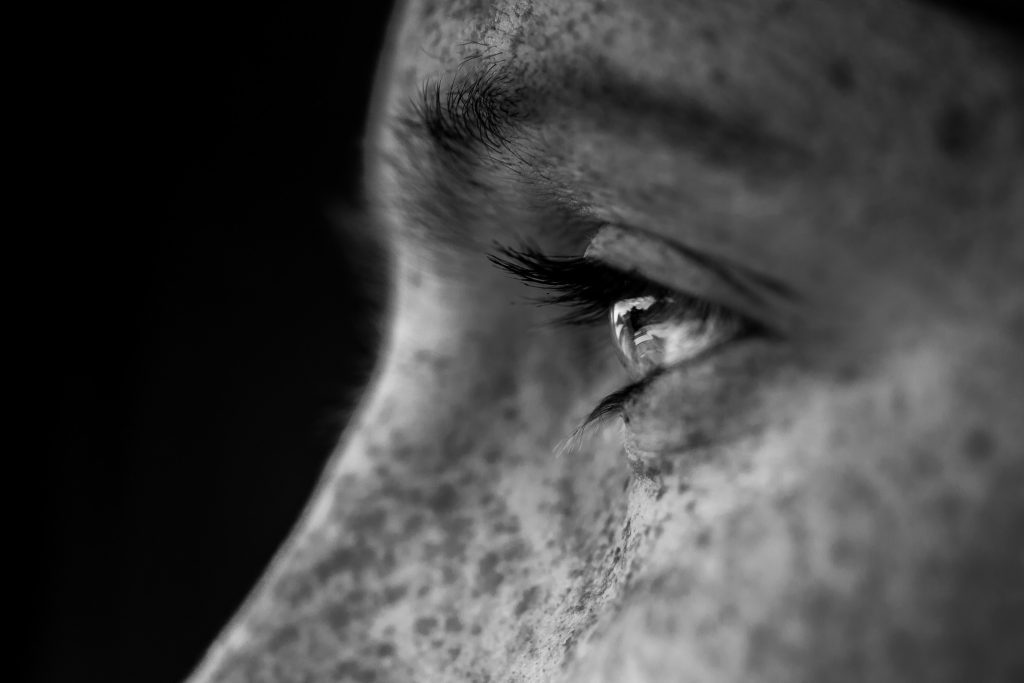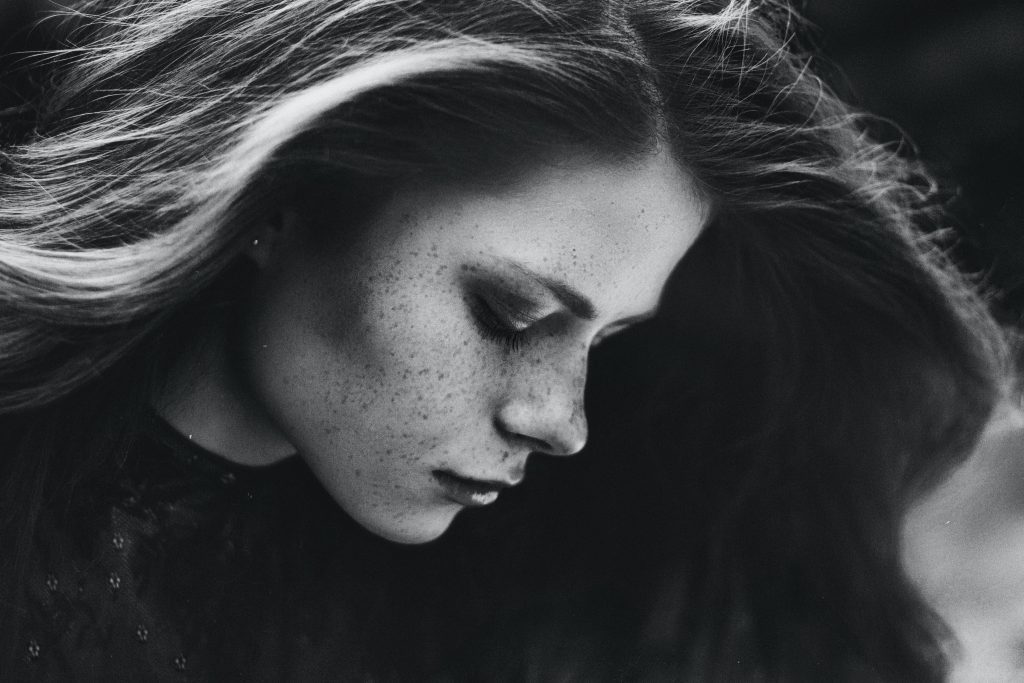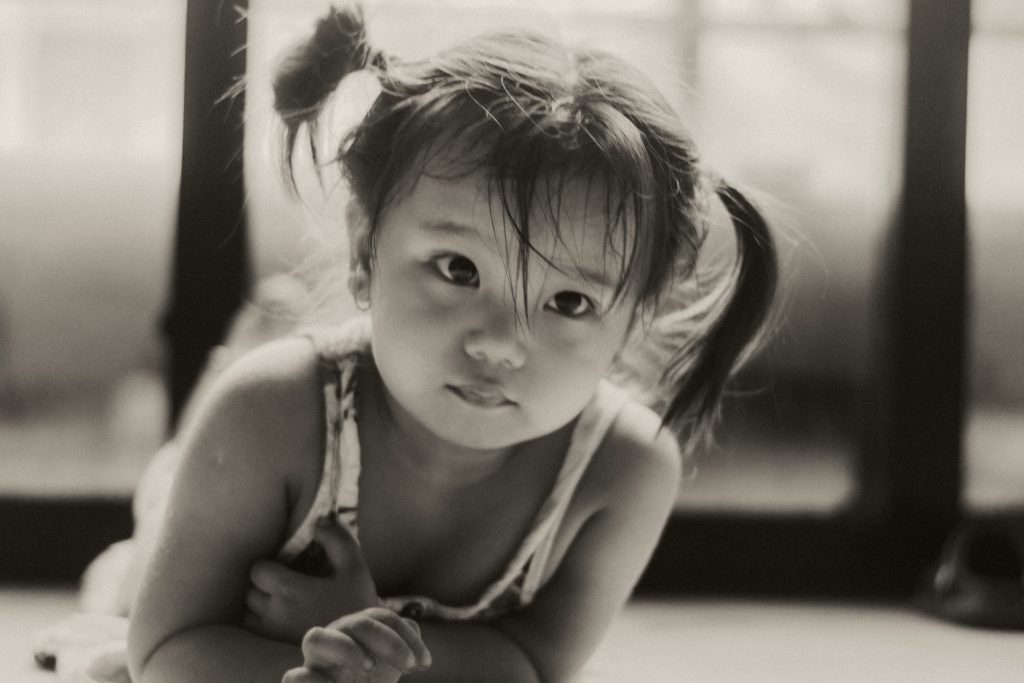Next to landscape photography, portrait photography is one of the most popular photographic genres. Photographing people will always be inspiring, motivating, and thrilling. Human nature has endless faces and provides stunning opportunities for photographers.
So why would you limit your options by trying black-and-white portrait photography? The easy answer is that sometimes less is more. By giving up color, you open the door to a new aesthetic and unique insight into the person’s personality. The lack of color emphasizes storytelling and reveals unseen details and character traits. Check out the top three benefits of black-and-white portrait photography.
A Pleading for Fine Art Portraiture
Regardless of your subject matter, black and white photography will always be one step closer to fine art than color photography. The reason is we don’t see the world in black and white, which means this aesthetic is perceived as more artful and imaginative. Color photography is realistic and encourages us to focus on what we usually look at in our everyday lives. But black and white photography is an artistic representation of our surroundings and encourages us to be more creative, meditative, and observant.
As a result, black-and-white portrait photography resembles art more than color photography. It creates portraits you want to frame and hang on your wall, admire daily, and keep as a precious memory. It makes the viewer spend more time analyzing the lines and shapes of the face, looking deep into the model’s eyes, and imagining the story behind the camera.

Photo by Christopher Burns on Unsplash
A Focus on Expression
In the absence of color, human expression takes the scene. You can see more clearly the fluid lines of the body, the harmony of shapes, and the tiny details that make someone’s expression unique. The skin becomes smoother, the eyes deeper, and the silhouette more dynamic.
The black-and-white aesthetic hides what we have in common and emphasizes what makes us unique. You’ll never notice the small wrinkle that appears in the corner of their mouth when they are laughing better than in a black and white portrait. You’ll never understand how a brow can change their entire expression, how freckles add to their attitude, and how easy it is to recognize someone by how they move without seeing them in a black and white photo.

Photo by Robert Piosi on Unsplash
An Insight into the Soul
A black and white portrait isn’t about the color of their eyes, make-up, style of their clothes, or social status. When you decide to use the black-and-white aesthetic, you need to look beyond the obvious, the superficial aspects of life. You have a rare opportunity to look into the people’s souls and capture their innermost emotions. It’s not about the face they want to show anymore but about their intimate persona, fears, and values. Without the interference of colors, the camera can capture curiosity, playfulness, sadness, disappointment, courage, and all sorts of feelings and emotions.

Photo by kabita Darlami on Unsplash
Conclusion
Photographing people in black and white is a complete experience that requires an immersive and open attitude. The photographer is as vulnerable as the model because black-and-white portrait photography is a dialog. Get to know your model, open a communication channel, and fill the room with empathy and compassion. This is a story about both of you.
Cover photo by Ant Rozetsky on Unsplash

